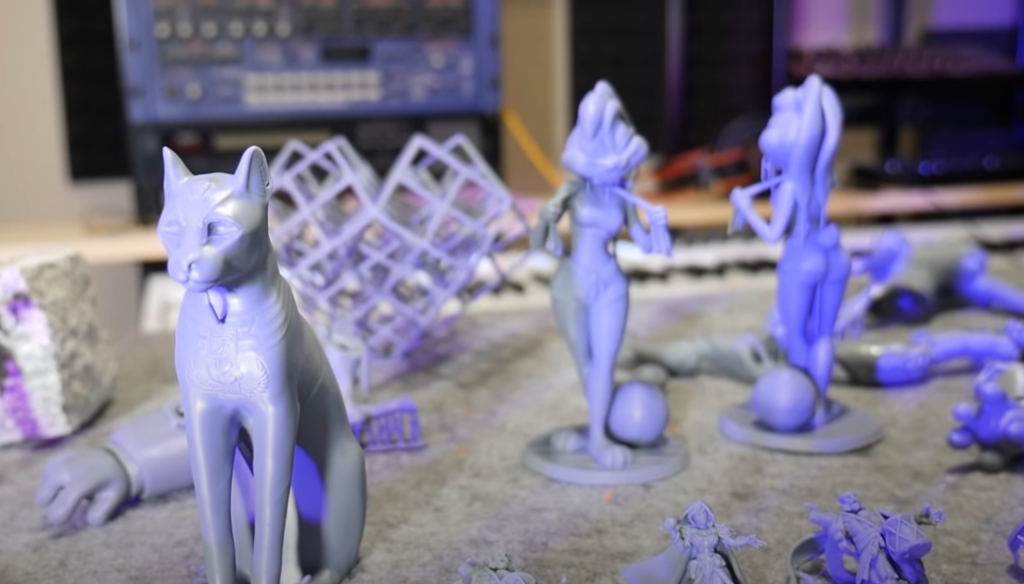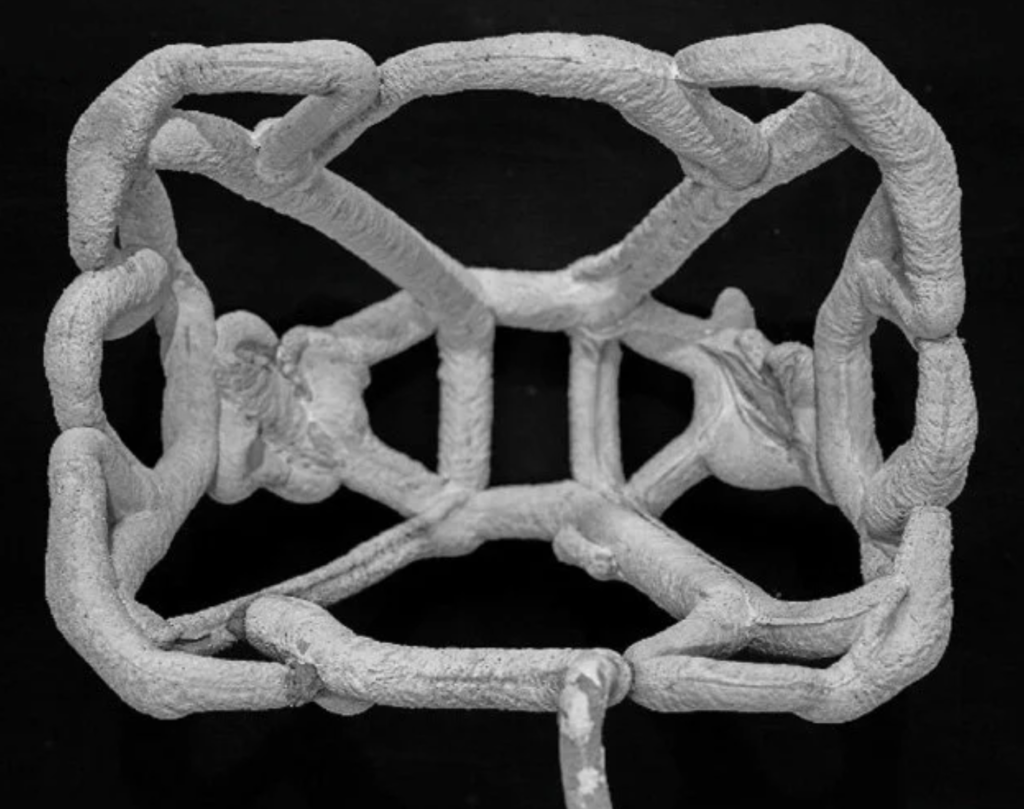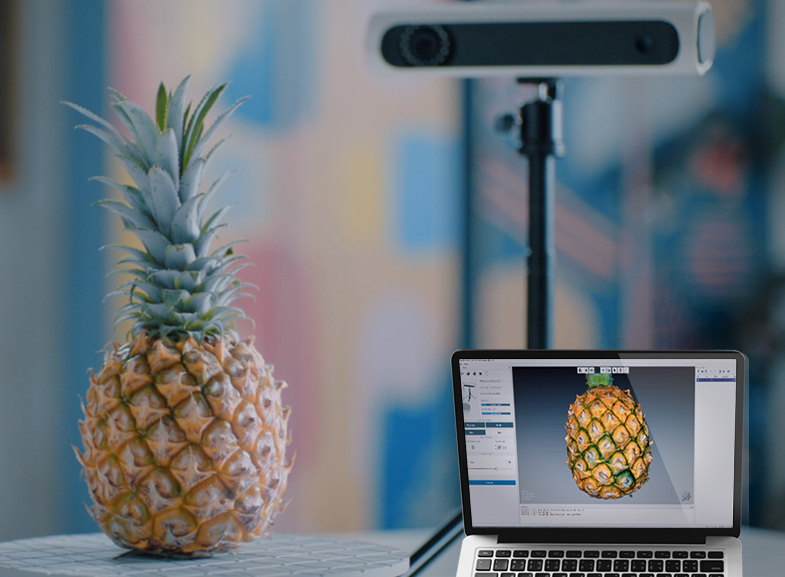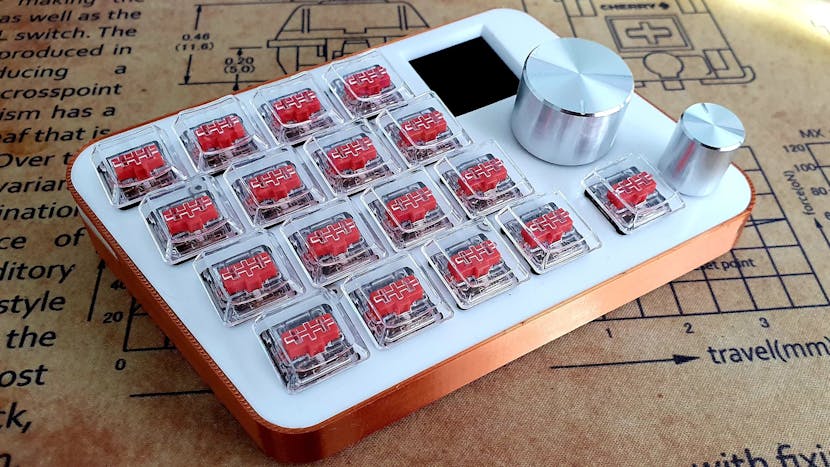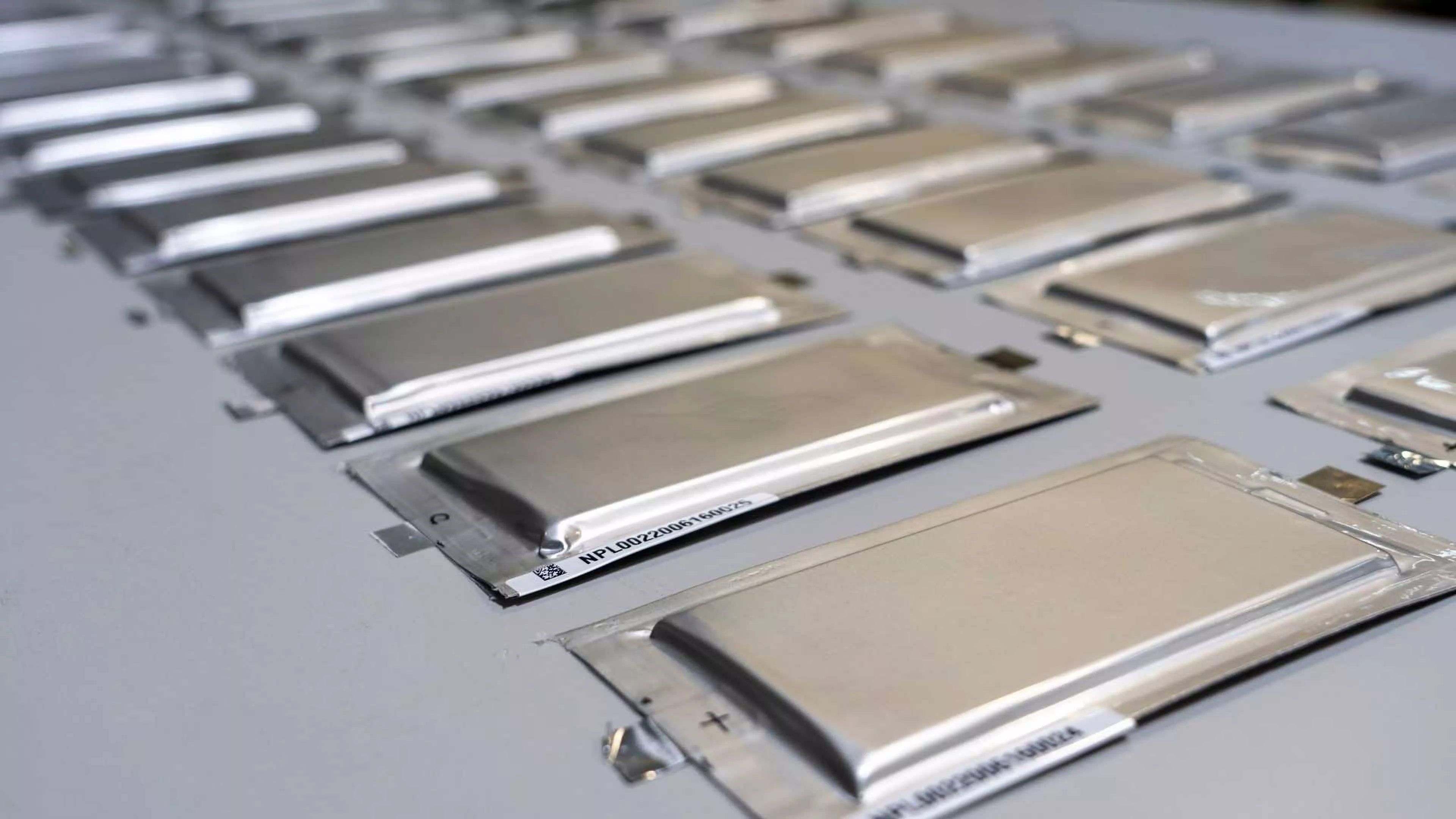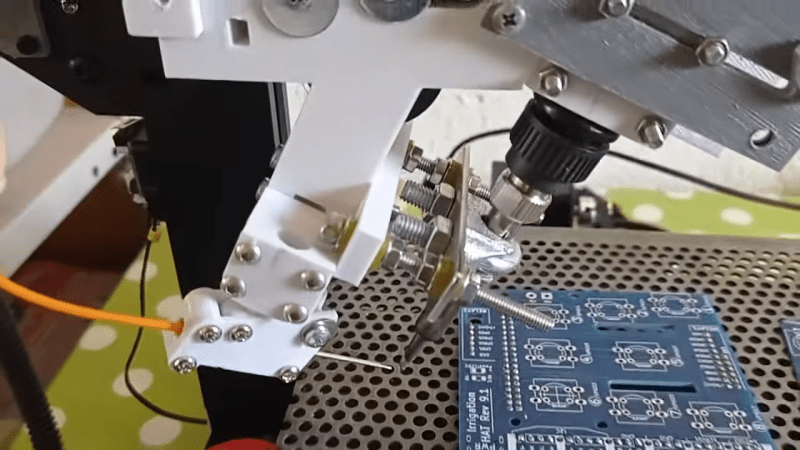Chinese 3D printer manufacturer Creality has announced the launch of a cost-effective yet highly-capable new 3D scanner.
Known as the ‘CR-Scan 01,’ Creality’s latest entry into the scanning market is easy-to-use but features high-end specifications, and is able to capture details down to 0.1mm in size. Thanks to its adjustable modes, multi-pose alignment and enhanced scanning width, the system ultimately allows designers to recreate anything from small items to furniture, with impressive simplicity, affordability and precision.
According to Creality, the increasing popularity of VR and AR technologies has created a rising demand for scanners that are easy to operate, yet capable of capturing the data needed for producing quality models. To address this perceived demand, the company says that it has developed a new UI to make the CR-Scan 01 so user-friendly, that it’s “as simple as a fully-automatic washing machine.”
Read more…


